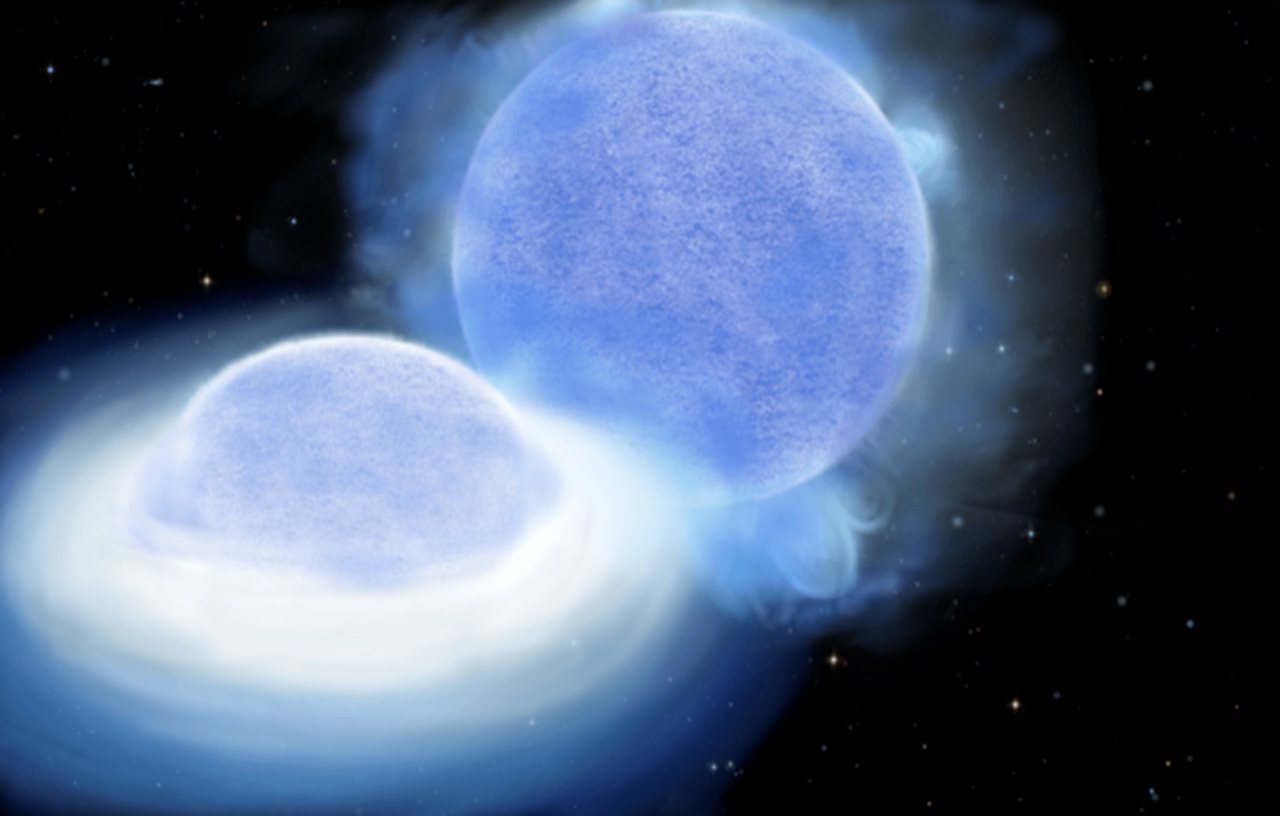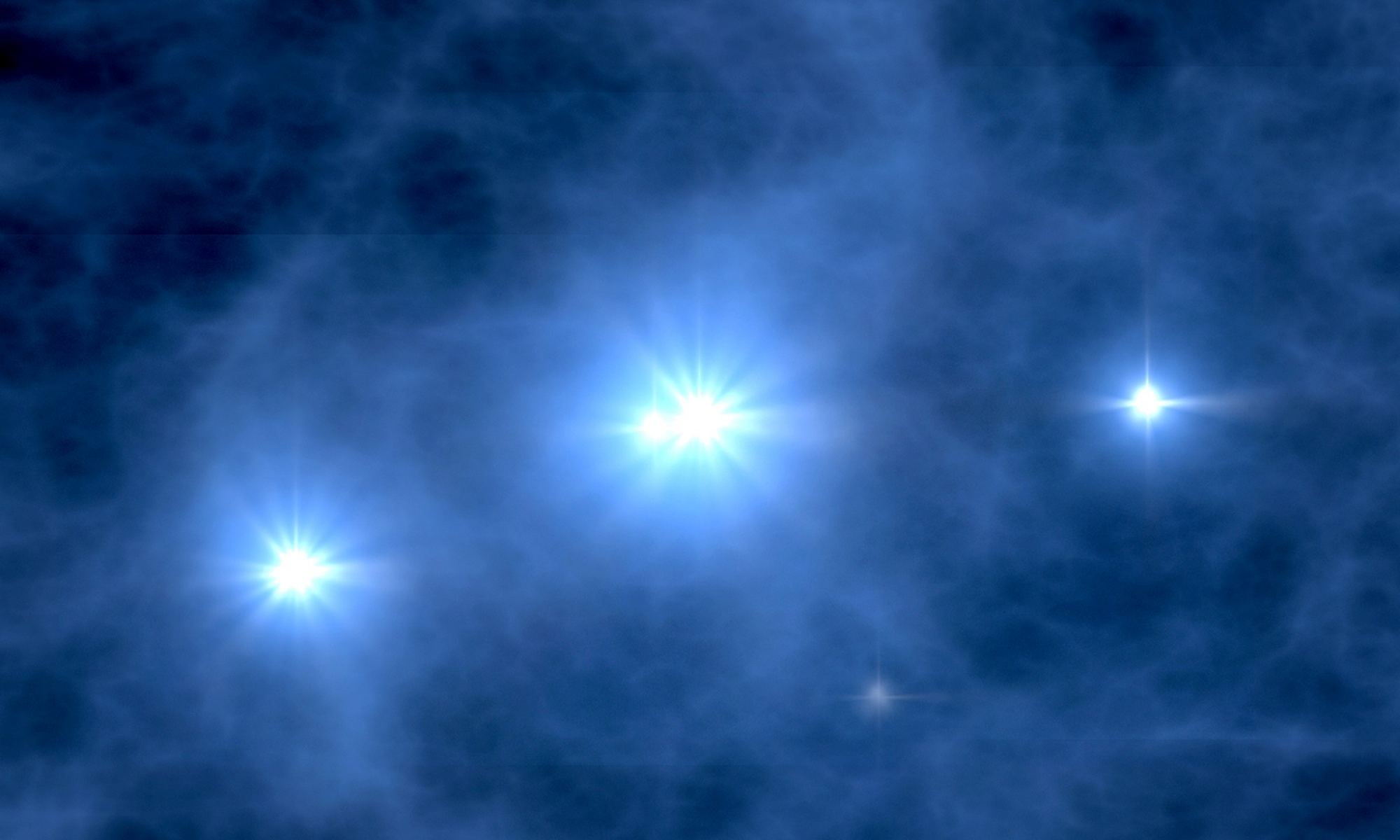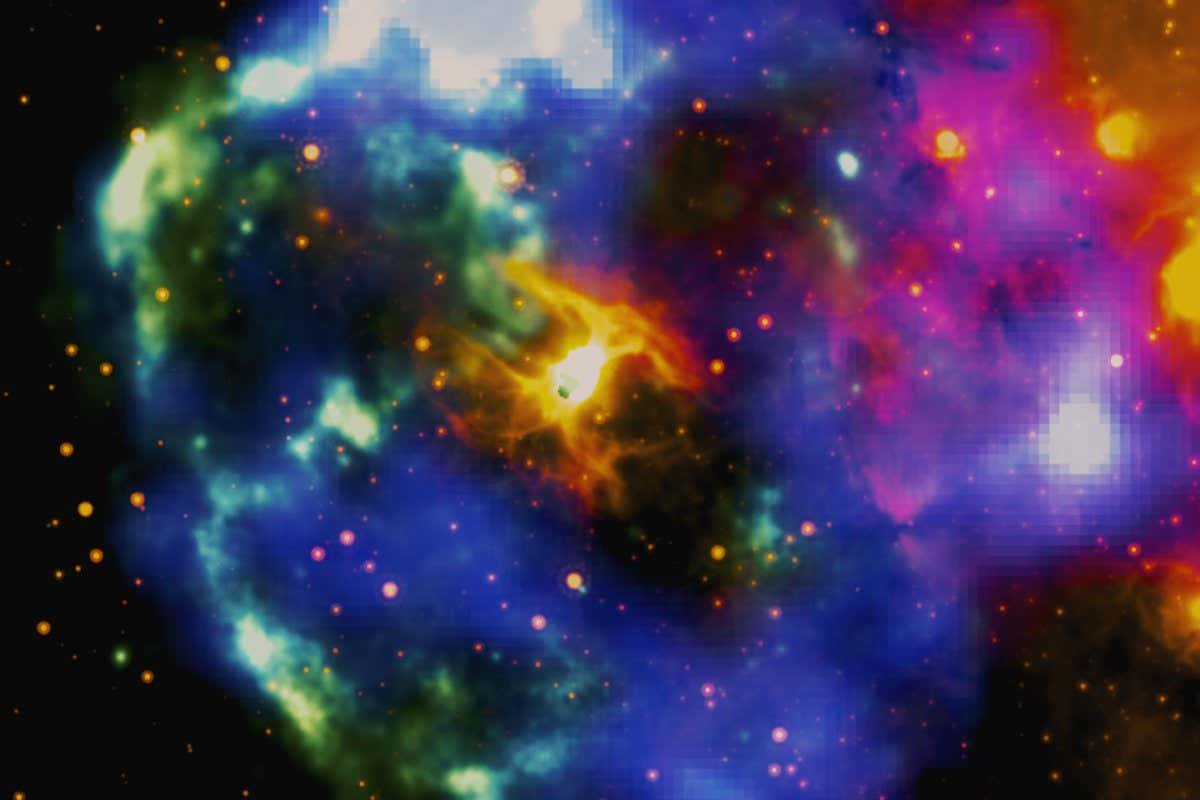Sunlike stars and those smaller than the Sun end their lives as white dwarfs. Without a continued source of energy from hydrogen fusion, these stars eventually collapse under their own weight. They would continue collapsing were it not for the pressure of electrons. As long as the remaining mass of a star is less than about 1.4 Suns, the electron pressure and gravitational pull will balance each other, creating a white dwarf.
Continue reading “One Side of This White Dwarf is Covered in Hydrogen While the Other Side is Helium.”Celebrate a Year of JWST With This Ludicrous Image of Rho Ophiuchi

Astronomy is driven by data. We take spectra of distant galaxies, plot the temperatures and brightness of main sequence stars, and graph the gravitational chirps of merging black holes. All of this data allows us to understand the universe around us. We don’t need images to do that, just data. But we still capture images even when we already have the data. We value them for their wondrous beauty, and for the stories they tell. This is why to celebrate a year of gathering data the James Webb Space Telescope (JWST) released a stunningly beautiful image that also tells a wondrous tale.
Continue reading “Celebrate a Year of JWST With This Ludicrous Image of Rho Ophiuchi”A Neutron Star is Unwinding a Companion Star
Close binary stars play several important roles in astronomy. For example, Type Ia supernovae, used to measure galactic distances, occur when a neutron star in a binary system reaches critical mass. These stars are also the source of x-ray binaries and microquasars, which help astronomers understand supermassive black holes and active galactic nuclei. But the evolutionary process of close binaries is still not entirely understood. That’s changing thanks in part to a new discovery of a close binary in its intermediate stage.
Continue reading “A Neutron Star is Unwinding a Companion Star”A Planet Was Swallowed by a Red Giant, But it Survived
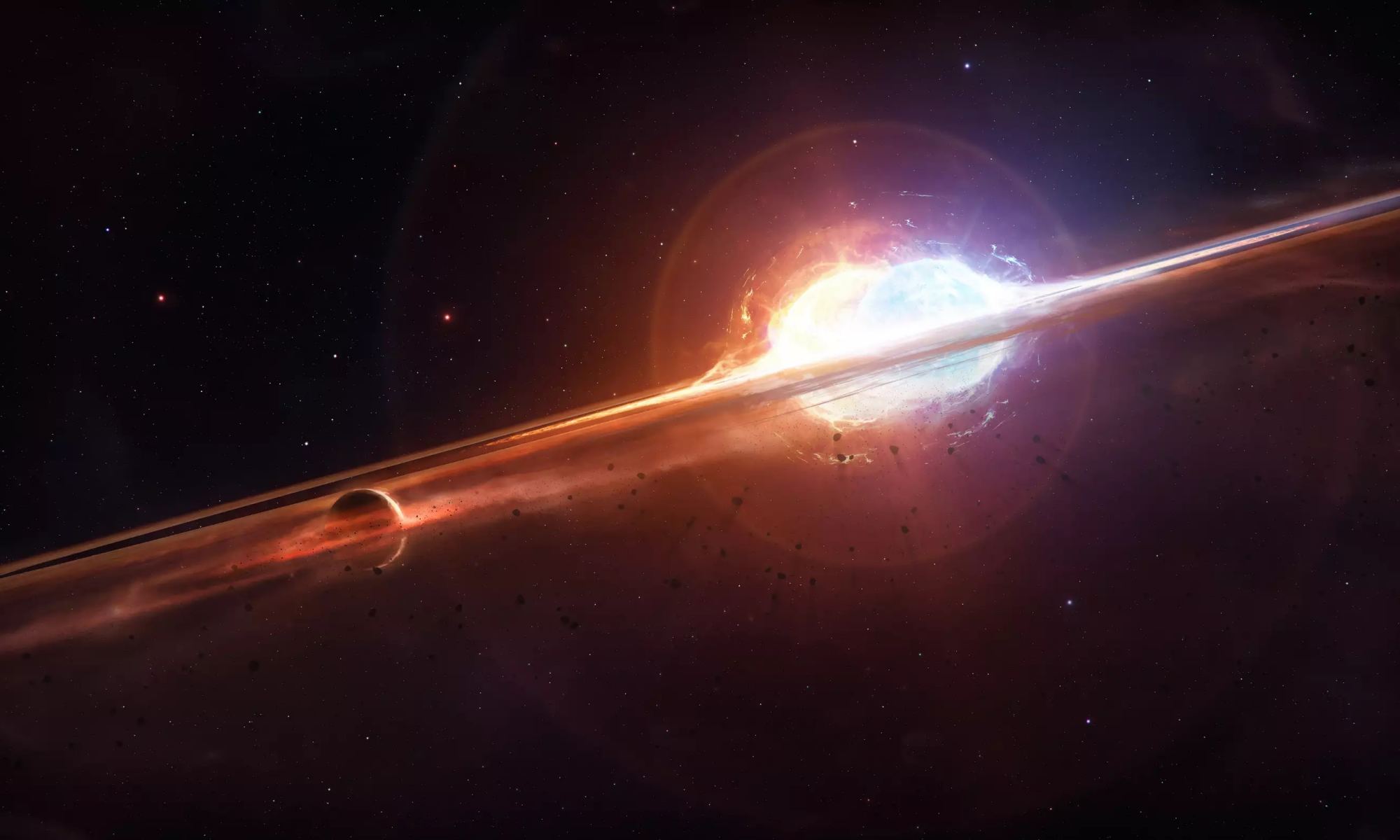
The Sun is going to kill us. Not anytime soon, but it will kill us. At the moment the Sun keeps itself going by fusing hydrogen into helium and other heavier elements, but in five or so billion years it is going to run out of hydrogen. When that happens, the Sun will make a desperate attempt to keep going by fusing helium. During this period it will swell to a red giant, likely so large that it engulfs the Earth, baking it to a crisp in its diffuse hot atmosphere.
Continue reading “A Planet Was Swallowed by a Red Giant, But it Survived”Has JWST Finally Found the First Stars in the Universe?
In astronomy, elements other than hydrogen and helium are called metals. While that might make your high-school chemistry teacher cringe, it makes sense for astronomers. The two lightest elements were the first to appear in the universe. They are the atomic remnants of the big bang and make up more than 99% of atoms in the universe. All the other elements, from carbon to iron to gold, were created through astrophysical processes. Things like nuclear fusion in stellar cores, supernova explosions, and collisions of white dwarfs and neutron stars.
Continue reading “Has JWST Finally Found the First Stars in the Universe?”There's So Much Going on in This Star-Forming Nebula
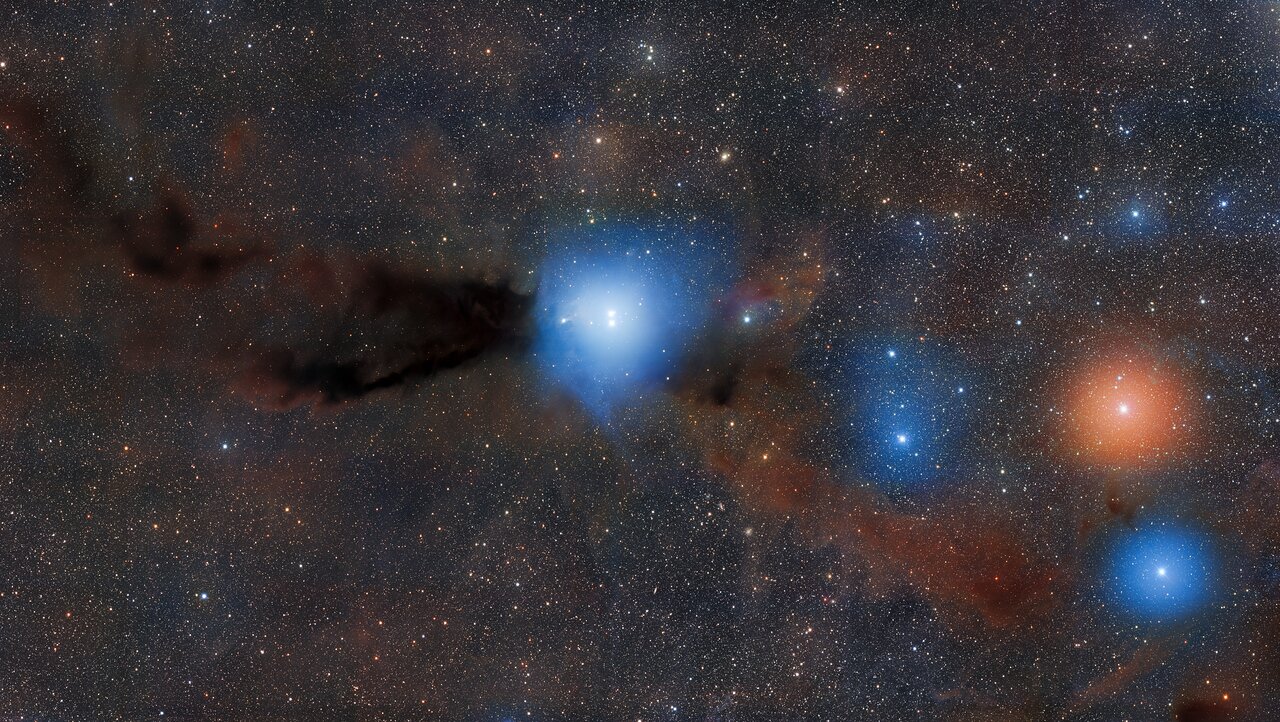
There are some astronomical images that capture rapturous beauty, with their brilliant colors and interplay of shadow and light. A beautiful image can be enough to stir the soul, but in astronomy they often also have a story to tell. An example of this can be seen in a recent image released by NSF’s NOIRLab.
Continue reading “There's So Much Going on in This Star-Forming Nebula”These Stars are Already Merging, but Their Future Will Be Catastrophic

Close-orbiting binaries are a ticking time bomb. Over time they spiral ever closer to each other until they merge in a cataclysmic explosion such as a supernova. But in the middle of their story, things can get interesting. Some stars collapse into a white dwarf before merging with their partner, others edge so close to each other that their surfaces touch for a time, becoming contact binaries before finally colliding. But one newly discovered binary system will have a wild ride before its final demise.
Continue reading “These Stars are Already Merging, but Their Future Will Be Catastrophic”Astronomers Spot Three Interacting Systems with Twin Discs
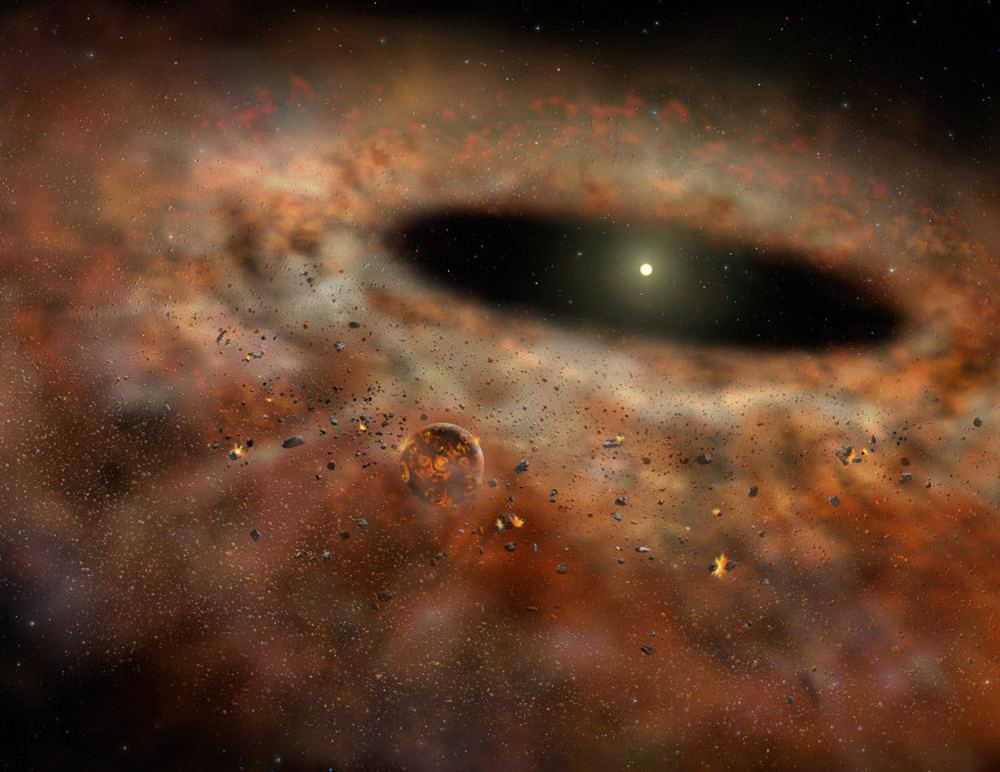
According to the most widely-accepted theory about star formation (Nebular Hypothesis), stars and planets form from huge clouds of dust and gas. These clouds undergo gravitational collapse at their center, leading to the birth of new stars, while the rest of the material forms disks around it. Over time, these disks become ring structures that accrete to form systems of planets, planetoids, asteroid belts, and Kuiper belts. For some time, astronomers have questioned how interactions between early stellar environments may affect their formation and evolution.
For instance, it has been theorized that gravitational interactions with a passing star or shock waves from a supernova might have triggered the core collapse that led to our Sun. To investigate this possibility, an international team of astronomers observed three interacting twin disc systems using the Spectro-Polarimetric High-contrast Exoplanet REsearch (SPHERE) on the ESO’s Very Large Telescope (VLT). Their findings show that due to their dense stellar environments, gravitational encounters between early-stage star systems play a significant role in their evolution.
Continue reading “Astronomers Spot Three Interacting Systems with Twin Discs”The Smallest, Lightest Neutron Star Ever Seen Could be a “Strange Star”
The life of every star is a fight against gravity. Stars are so massive they risk collapsing under their own weight, but this is balanced by the heat and pressure a star generates through nuclear fusion. Eventually, that comes to an end. The outer layers of a star will be cast off, and the remaining core will become a stellar remnant. Which kind of remnant depends on the mass of the core.
Continue reading “The Smallest, Lightest Neutron Star Ever Seen Could be a “Strange Star””When Stars eat Their Planets, the Carnage can be Seen Billions of Years Later
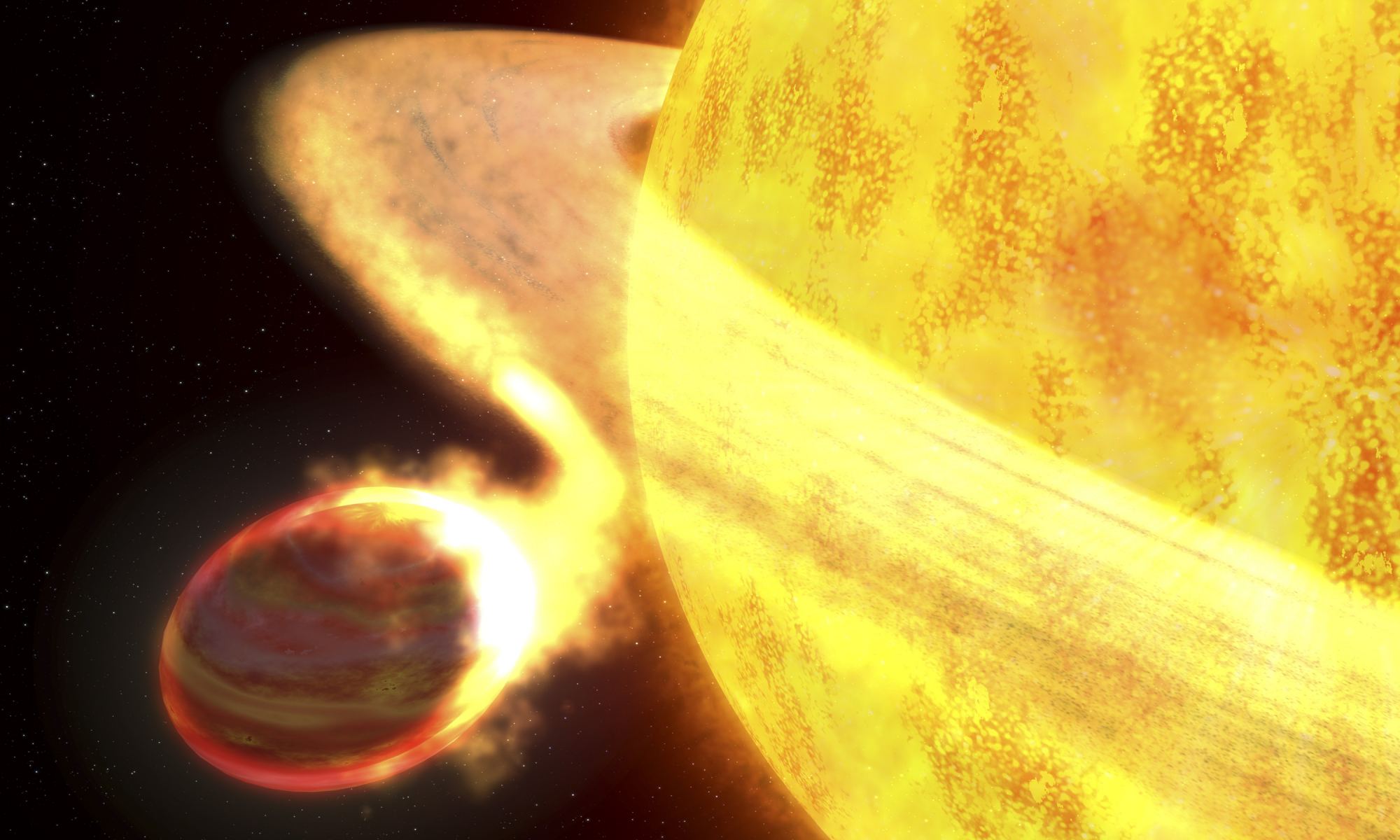
The vast majority of stars have planets. We know that from observations of exoplanetary systems. We also know some stars don’t have planets, and perhaps they never had planets. This raises an interesting question. Suppose we see an old star that has no planets. How do we know if ever did? Maybe the star lost its planets during a close approach by another star, or maybe the planets spiraled inward and were consumed like Chronos eating his children. How could we possibly tell? A recent study on the arXiv answers half that question.
Continue reading “When Stars eat Their Planets, the Carnage can be Seen Billions of Years Later”

